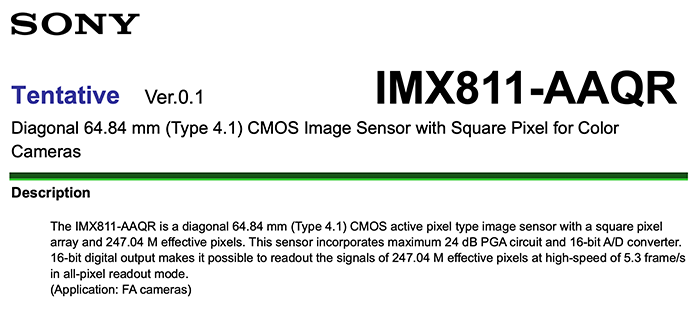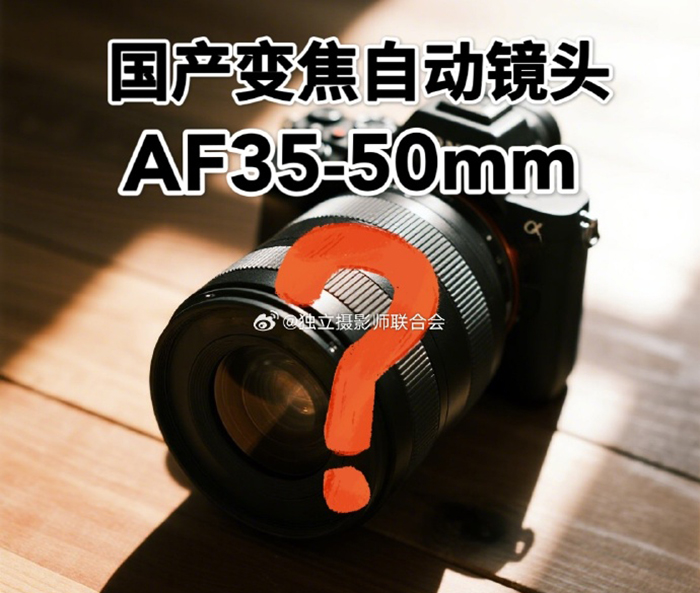
NDP Group reports that in Jan/Feb 2017 Sony did surpass Nikon and is now on 2nd place in the USA Full Frame system camera market. It’s Canon that is still the king of the market (Their DSLR still do rule the Amazon sales ranking). While 2 months for data are for sure not enough to mark a serious trend I bet the day will arrive Sony will take Canon’s throne too.
Here is the Press text:
SAN DIEGO, April 14, 2017 /PRNewswire/ — Sony Electronics – a worldwide leader in digital imaging and the world’s largest image sensor manufacturer, has announced today that their continued growth has vaulted them into the #2 overall position in the U.S. full-frame interchangeable lens camera market. 1
Sony’s interchangeable lens cameras and lenses have seen record sales in 2017, in particular within the U.S. full-frame camera market, where they have experienced double-digit growth (+23%) 2 compared to the same period last year. The popularity of key models including α7RII and α7SII has been paramount to this success.
Additionally, Sony’s rapid growth has helped to drive growth of the overall full-frame interchangeable lens camera market compared to the same period last year. Without Sony’s contributions, the full-frame market would be facing a slight decline. 3
“Our commitment to the industry is stronger than ever,” said Neal Manowitz, VP of Digital Imaging at Sony North America. “We are always listening to our customers, combining their feedback with our intense passion for innovation to deliver products, services and support like no other.”
A variety of exclusive stories and exciting content shot Sony α products can be found at www.alphauniverse.com , Sony’s community site built to educate, inspire and showcase all fans and customers of the Sony α brand.
Notes to Editors
1The NPD Group / Retail Tracking Service, U.S., Detachable Lens Camera, Full Frame, Based on Dollars, Jan- Feb 2017
2The NPD Group / Retail Tracking Service, U.S., Detachable Lens Camera, Full Frame, Based on Dollars, Jan/Feb 2016- Jan/Feb 2017
3The NPD Group / Retail Tracking Service, U.S., Detachable Lens Camera, Full Frame, Based on Dollars, Jan/Feb 2016- Jan/Feb 2017






